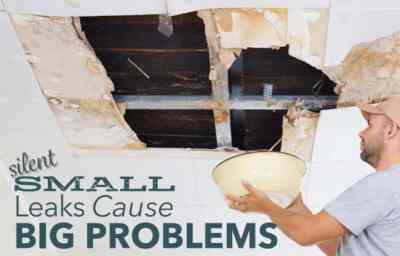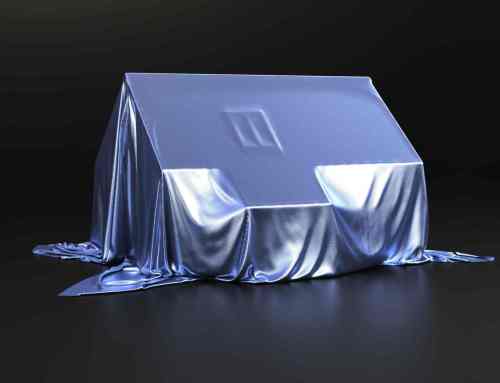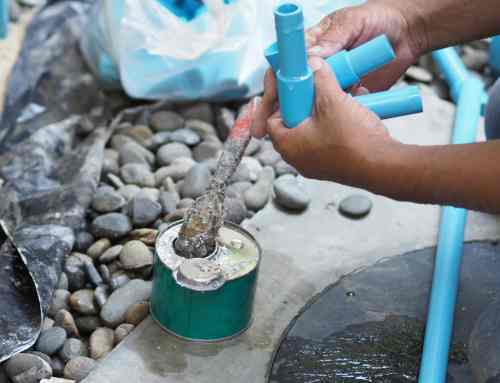Silent Small Leaks Cause Big Problems
It may seem like a minor thing, but the small, slow, silent leak can result in severe damage to your home by the time it’s discovered. Because they can go unnoticed for so long, such leaks can result in serious mold problems in addition to considerable structural damage. And improperly drying out such damage can multiply your mold problem by spreading it to other areas of your home, including your air conditioner and the ac air ducts.
Over time, a seemingly insignificant leak can cause expensive damage and provide a breeding ground for mold. In addition, certain pests such as ants, roaches and termites are attracted to these reliable water sources and may choose to set up housekeeping by building nests and raising their young inside your walls, above your ceilings and under your floors.
 Leaks are Hard to Spot
Leaks are Hard to Spot
The problem is that these leaks can be hard to spot. And even if you see evidence of them, finding the actual source can be nearly impossible. The average home has over 300 feet of plumbing pipes, including supply lines, drains, sewer lines and vent pipes. A single small drip from one of these pipes can go undetected for years. When you finally see a visible sign, it may be nowhere near the actual leak. Water follows the path of least resistance, making leak location a tricky proposition.
Water can also enter your home through the foundation. As a house settles, small cracks can develop in the concrete slab, block foundation and brick mortar. Think about the appliances like your ice maker, water heater, washing machine, dishwasher, garbage disposal, and the water dispenser on your refrigerator. All of those connections,
drains and pumps represent potential leaks.
Then there are the gutters and downspouts. They are designed to take large amounts of water from the roof and divert it away from the house and foundation. Clogged downspouts can cause water to overrun the gutters allowing water to enter the home at the eaves. With all these potential leak sources, there is a good chance you have
an undetected leak, water damage or even mold in your home. What should you do?
What should you do?
First, take a good look around. The most common sign of a leak is discolored wood, drywall or flooring. A musty, damp odor is also an indication of unwanted moisture and should be investigated. If you see mold growing on any surface inside or outside your home, don’t ignore it. It is a sign of prolonged exposure to moisture or high humidity.
If you have an attic, inspect the roof decking. Dark spots, mold or musty odors indicate there is a leak. Where pipes, vents and chimneys penetrate the roof, look for daylight, which is a sign the flashing or boots need to be sealed, caulked or replaced. If you suspect a leak, contact a qualified roofing contractor for an inspection.
One way to check for plumbing leaks is to turn off all faucets and water-consuming appliances like your ice-maker. Then go to the water meter and take a picture of the reading. Go run some errands for an hour or two, making sure that no one uses any water in the home. Check the meter when you get back. If you have a leak, the meter will show that water was consumed. Look around the perimeter of your house – inside and out – for swollen or warped baseboards, deteriorated paint and rotted wood. Carefully
check around windows and doors, both inside and out, for cracks, decayed wood and missing caulk. Also remember the damage is usually worse than it appears. A small amount of mold on a wall surface may be the only clue there is a major mold problem inside the wall cavity.
Clean Pro Cleaning & Restoration
Clean Pro Cleaning & Restoration is here to help correct any moisture or mold related problems in your home or business. If you suspect you have a problem, call us. We use special inspection equipment that makes it much easier for us to pinpoint the problem and propose a solution. Don’t wait until that tiny leak becomes a major headache






